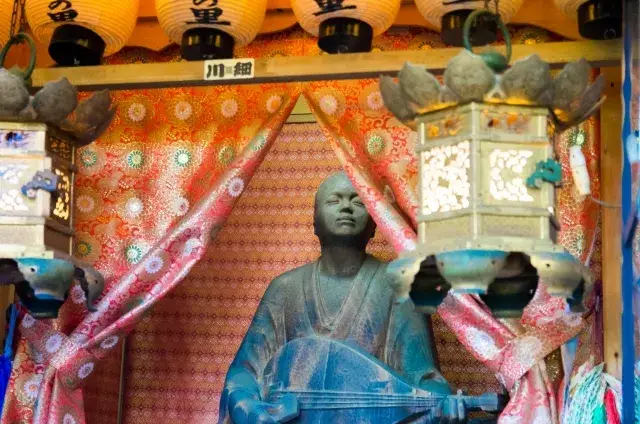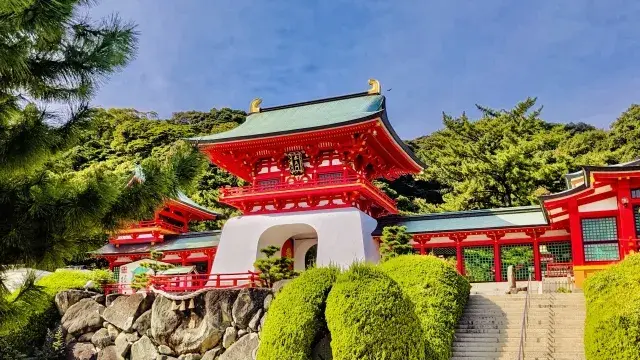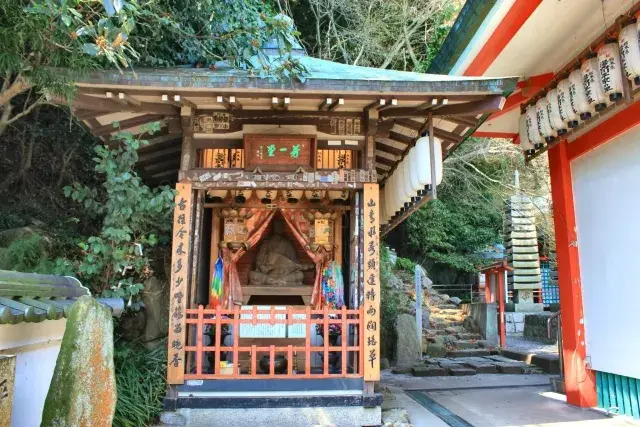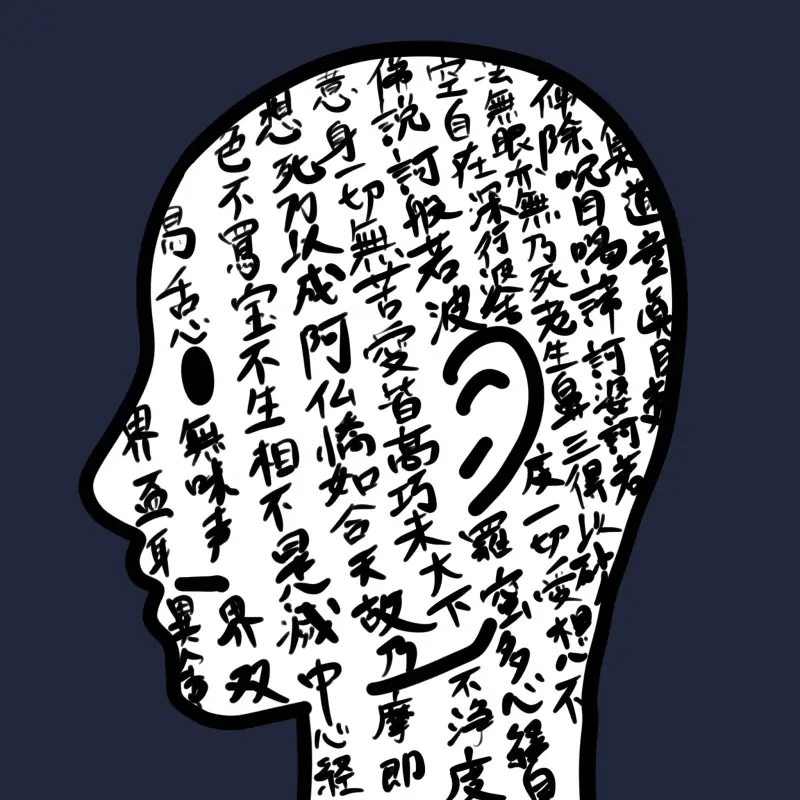Miminashi Hōichi – Discover the legend of the earless minstrel who performed for ghosts.
Among the many ghost stories that chill the Japanese summer, Miminashi Hōichi (“Earless Hōichi”) stands out for its poetic depth, historical roots, and haunting beauty. More than a tale of terror, it is a story of art, faith, and the thin line between the living and the dead.

The Story
The legend takes place in Shimonoseki (then known as Akamagaseki), at a temple called Amida-ji, not far from the sea.
Hōichi is a blind biwa hōshi (lute priest) known for his masterful recitation of the Heike Monogatari, the epic account of the Taira (Heike) clan's downfall in the Battle of Dan-no-ura.
One summer night, a mysterious nobleman appears and invites Hōichi to perform at his lord’s court. Every night, Hōichi plays and recites the tragic tale with mesmerizing skill. What he doesn't know is that his audience is not of this world—he has been performing before the ghosts of the Heike warriors, still restless beneath the waves.
The temple priest, realizing the danger, covers Hōichi’s body with sacred sutras to protect him from the spirits. But tragically, he forgets to write on Hōichi’s ears. When the ghosts return, unable to see the rest of his body, they tear off the only visible part—his ears.
From then on, he is known as Miminashi Hōichi, the Earless Hōichi.
Cultural Themes & Background
This tale draws heavily on:
-
The Tale of the Heike – a historical epic of loss and impermanence.
-
Buddhist beliefs – particularly the use of sutras for spiritual protection.
-
The power of performance – storytelling as both art and spiritual ritual.
-
The cruelty of the past – the ghostly persistence of unresolved history.
It also reflects a deep respect for those who carry culture through oral tradition, even at great personal cost.
Where to Experience the Legend
The stage for this ghostly tale still stands in Shimonoseki, Yamaguchi Prefecture.
The predecessor of Akama Shrine, Amida-ji Temple, is the very place where Miminashi Hōichi was said to have lived and performed. Today, it is part of Akama Shrine, which honors the fallen Taira (Heike) clan.
Within the grounds, you’ll find the Hōichi Hall, which houses a statue of Hōichi playing the biwa, capturing the moment he recited the epic Heike Monogatari for the spirits of the dead. Beside it lies the cemetery of the Heike clan, whose souls, some say, still linger.
Even now, visitors wonder—might Hōichi still be there, playing his mournful songs for the ghosts of Dan-no-ura?


Miminashi Hōichi in Modern Times
Thanks to Lafcadio Hearn (Koizumi Yakumo) and his collection Kwaidan, this story reached audiences around the world. It has inspired countless retellings in:
-
Films (e.g., Kwaidan, 1964)
-
Anime and manga
-
Stage plays and operas
It remains a quintessential example of Japanese kaidan (ghost stories), blending horror with grace and sorrow.
TL;DR
A blind musician, a ghostly audience, and a forgotten pair of ears—Miminashi Hōichi is one of Japan’s most chilling and poetic ghost stories. It blends history, spirituality, and the supernatural in a tale that continues to echo across generations.

Final Thought
Legends like Miminashi Hōichi endure not just because they frighten us—but because they move us. In every whispered chant and every plucked string, we hear the voices of the past still asking to be remembered.
Add comment
Comments